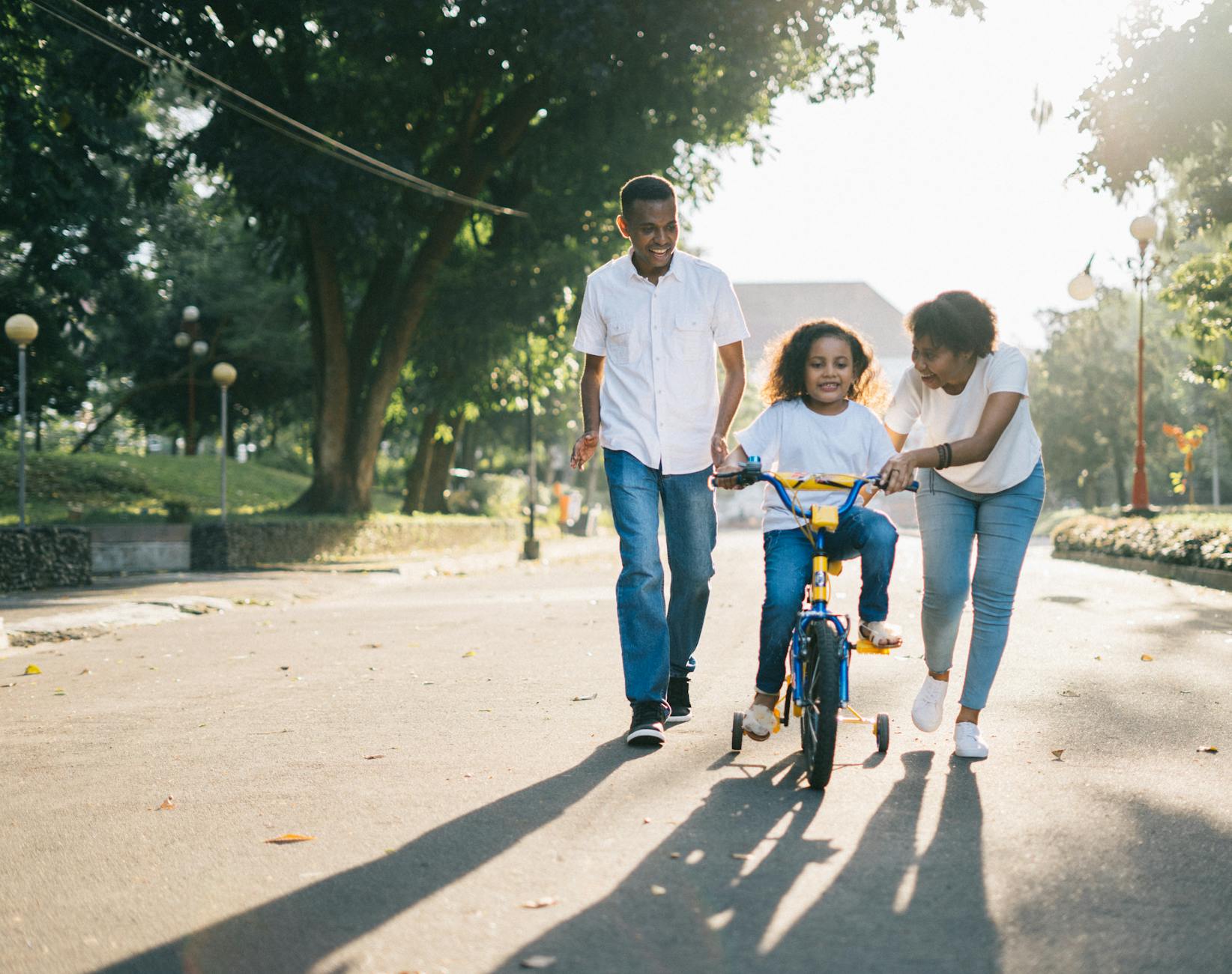Uncover the secrets to choosing the perfect bike size for your child and watch them embark on epic adventures!
Table of Contents
Small Riders, Big Adventures: A Parent’s Guide to Selecting the Right Bike Size for Children
As a parent, one of the most exciting milestones in your child’s life is learning how to ride a bike. Not only does cycling provide a fun and healthy form of exercise, but it also fosters independence and a sense of adventure. However, before your little one can hit the road on two wheels, it’s crucial to ensure they have the right bike size to ensure their safety and comfort. In this comprehensive guide, we’ll walk you through the process of choosing the perfect bike size for your child, as well as provide essential safety tips for cycling with kids. Let’s get started!
How to Choose the Right Bike Size for Children
When it comes to selecting the right bike size for your child, there are a few key factors to consider. The most important of these is your child’s height, as this will determine the appropriate bike frame size. Here’s a step-by-step guide to help you find the perfect fit for your young rider:
1. Measure Your Child’s Inseam Length
Before you begin shopping for a bike, you’ll need to measure your child’s inseam length. To do this, have your child stand with their feet shoulder-width apart and measure from the floor to their crotch. This measurement will give you an idea of the minimum seat height your child will need to comfortably ride a bike.
2. Consider Your Child’s Age and Skill Level
Aside from height, it’s also essential to consider your child’s age and skill level when choosing a bike size. Younger children may benefit from starting with a balance bike or tricycle to develop their coordination and balance before transitioning to a pedal bike.
3. Choose the Right Type of Bike
There are several types of bikes available for children, including balance bikes, tricycles, and pedal bikes. Balance bikes are an excellent choice for young children as they help develop balance and coordination without the need for training wheels. Tricycles can be a good option for toddlers who are just starting to explore cycling. Pedal bikes are suitable for older children who have mastered the basics of cycling.
Safety Tips for Cycling with Kids
While cycling is a fun and rewarding activity for children, safety should always be a top priority. Here are some essential safety tips to keep in mind when cycling with your kids:
1. Always Wear a Helmet
Before your child hops on their bike, make sure they are wearing a properly fitted helmet. Helmets are crucial for protecting your child’s head in the event of a fall or collision.
2. Teach Basic Cycling Skills
Before hitting the road, teach your child basic cycling skills such as starting, stopping, and steering. Practice these skills in a safe, open area before venturing onto busy roads or trails.
3. Follow Traffic Rules
When cycling with your child, be sure to follow all traffic rules and signals. Teach your child to stop at intersections, yield to pedestrians, and use hand signals to indicate turns.
Best Balance Bikes for 2-Year-Olds
Balance bikes are an excellent way for young children to develop their balance and coordination skills before transitioning to a pedal bike. Here are some of the best balance bikes for 2-year-olds on the market:
1. [Brand A] Balance Bike
The [Brand A] Balance Bike features a lightweight frame, adjustable seat height, and cushioned handlebars for added comfort. Its durable tires and sturdy construction make it a great option for young riders.
2. [Brand B] Balance Bike
Another top-rated option is the [Brand B] Balance Bike, which boasts a sleek design and easy-to-adjust seat height. Its durable frame and puncture-resistant tires make it an excellent choice for rough terrain.
Tips for Transitioning to Pedal Bikes
When your child is ready to transition from a balance bike to a pedal bike, here are some tips to help make the switch smooth and successful:
1. Practice Pedaling
Encourage your child to practice pedaling on a stationary bike or in a safe, open area. Start with short rides and gradually increase the distance as your child gains confidence.
2. Teach Braking and Balancing
Show your child how to use the brakes on a pedal bike and practice balancing while coming to a stop. Emphasize the importance of using both brakes evenly to prevent skidding.
3. Start Slow
It’s essential to start slowly when transitioning to a pedal bike. Practice in a safe, traffic-free area before venturing onto busier roads or trails. Encourage your child to ride at a comfortable pace and gradually increase speed as they become more confident.
In conclusion, choosing the right bike size for your child is crucial for their safety and enjoyment of cycling. By following the steps outlined in this guide and prioritizing safety at all times, you can ensure that your child has a positive and rewarding cycling experience. Remember to have fun, explore new trails, and create lasting memories with your little rider!

